Historic figures who accidentally doomed themselves
History is peppered with moments where a single decision led to monumental consequences. These “historic fumbles” remind us that even the mightiest can falter. From ancient rulers to revolutionary leaders, these figures made choices that sealed their fates in unexpected ways. By examining these pivotal moments, we gain insights into the complexities of human nature and the thin line between triumph and tragedy. Let’s delve into some of these fascinating stories.
Julius Caesar: The Ides of March and Trusting the Wrong People
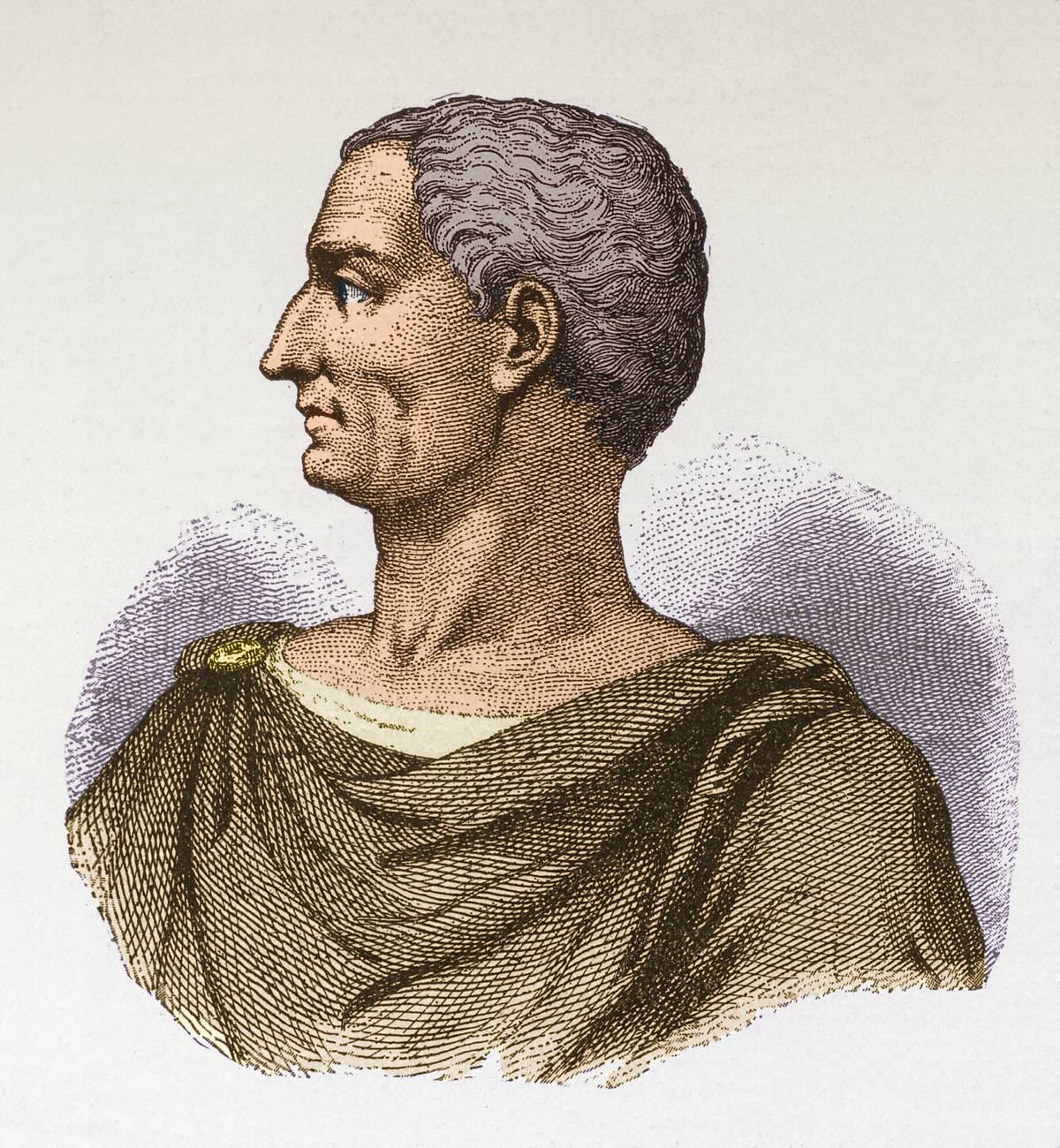
Julius Caesar, Rome’s formidable leader, met his end on the Ides of March, 44 BC, due to misplaced trust. Despite numerous warnings, Caesar believed in the loyalty of his senate, only to be betrayed by them, including his friend Brutus. This betrayal is immortalized in Shakespeare’s famous play, highlighting Caesar’s tragic misjudgment. His assassination marked the end of the Roman Republic and the rise of the Roman Empire, drastically altering the course of history.
Cleopatra: The Asp That Sealed Her Fate
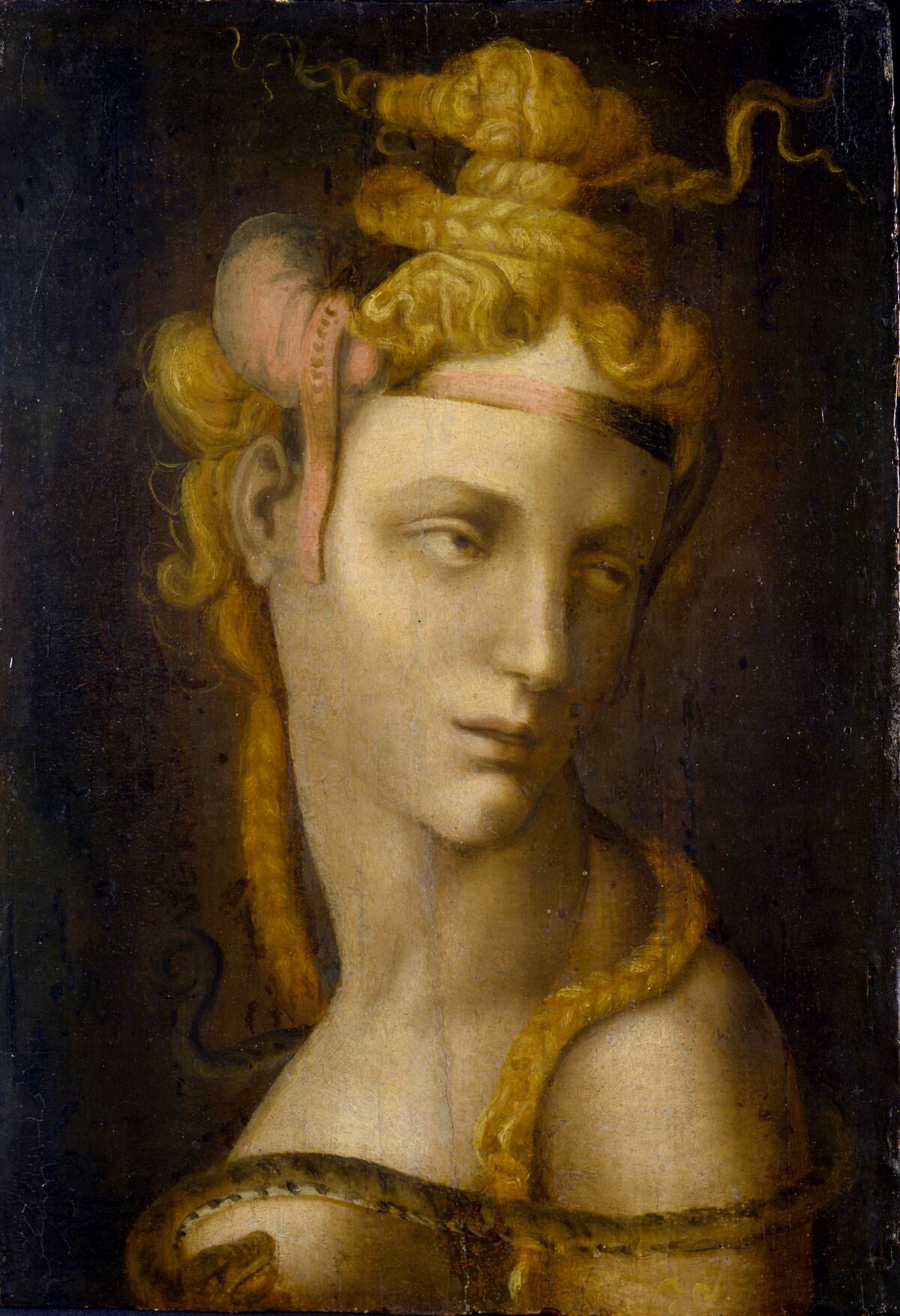
Cleopatra VII of Egypt is often remembered for her dramatic demise by snakebite. In 30 BC, after her defeat by Octavian, Cleopatra chose to end her life with the bite of an asp, a symbol of her royal status. This act was both a political statement and a personal choice, ensuring she wouldn’t be paraded as a trophy in Rome. Her death marked the end of the Ptolemaic Kingdom of Egypt and its incorporation into the Roman Empire.
Napoleon Bonaparte: The Russian Winter’s Icy Grip
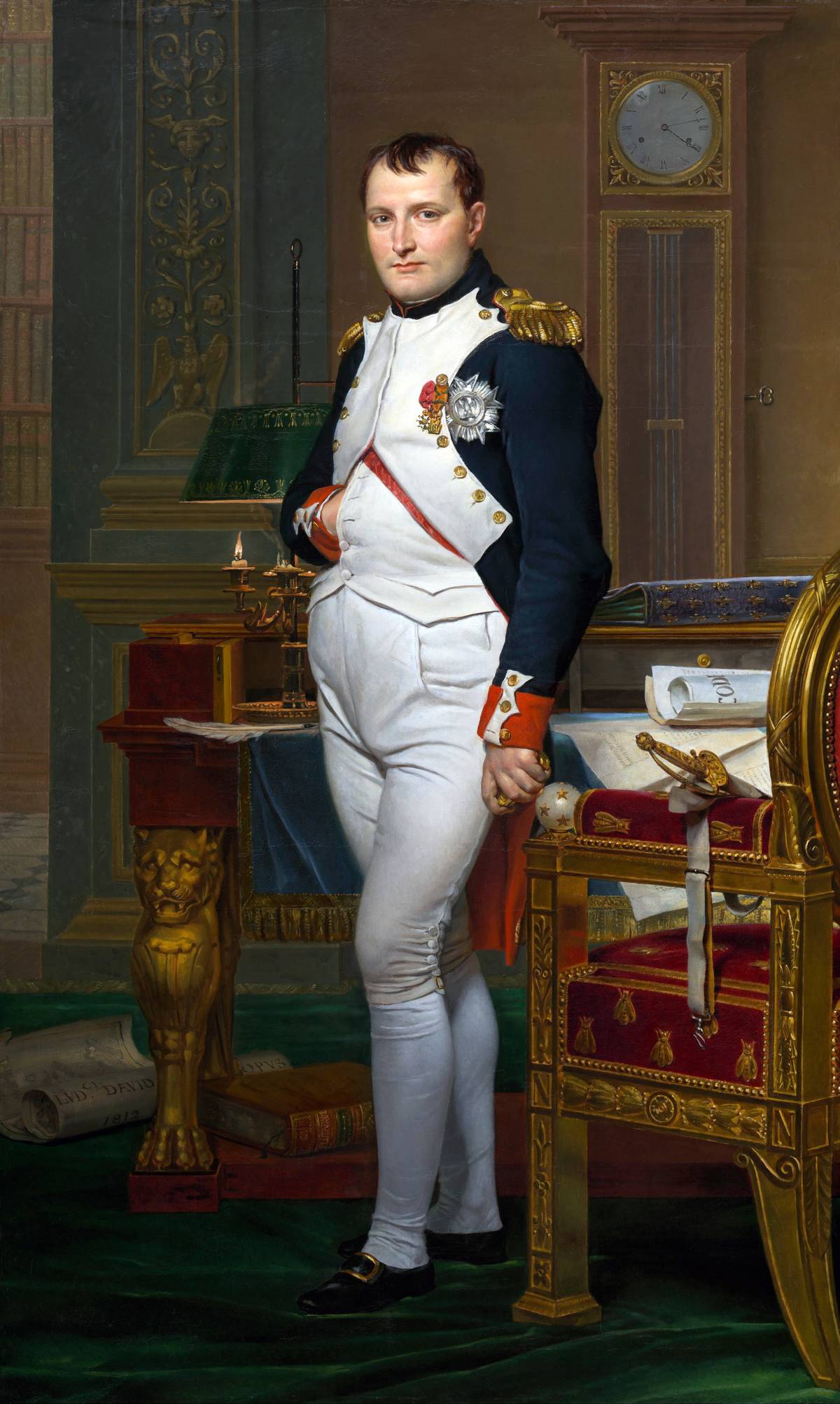
Napoleon Bonaparte’s invasion of Russia in 1812 is a classic example of overreach. His Grande Armée marched into Russia, only to face a brutal winter that decimated his troops. The Russian strategy of scorched earth left Napoleon’s army without supplies, and the harsh winter did the rest. This disastrous campaign marked the beginning of Napoleon’s downfall, showcasing how nature can humble even the greatest military minds.
Archduke Franz Ferdinand: A Wrong Turn That Sparked a World War

The assassination of Archduke Franz Ferdinand in 1914 was a pivotal moment in history. A wrong turn by his driver led the Archduke directly into the path of Gavrilo Princip, a Bosnian Serb nationalist. This event sparked a chain reaction of alliances that plunged the world into World War I. The war reshaped global politics and led to the downfall of empires, illustrating how a seemingly minor mistake can have colossal repercussions.
Marie Antoinette: The Misstep of “Let Them Eat Cake”

Marie Antoinette is famously, though inaccurately, attributed with the phrase “Let them eat cake.” This statement, perceived as a symbol of her disconnect from the common people’s suffering, fueled revolutionary fervor in France. Though there’s no evidence she actually said this, the myth contributed to her downfall. Her execution in 1793 was a turning point in the French Revolution, highlighting the power of public perception and rumor in shaping history.
Abraham Lincoln: A Pleasant Evening at Ford’s Theatre

President Abraham Lincoln’s assassination on April 14, 1865, at Ford’s Theatre was a tragic end to his leadership. John Wilkes Booth, a Confederate sympathizer, shot Lincoln in an attempt to revive the Southern cause. Lincoln’s death came just days after the Civil War ended, leaving the nation in shock. His assassination altered the course of Reconstruction and highlighted the deep divisions in post-war America, underscoring the impact of a single act of violence.
Rasputin: The Mystic’s Unfortunate End
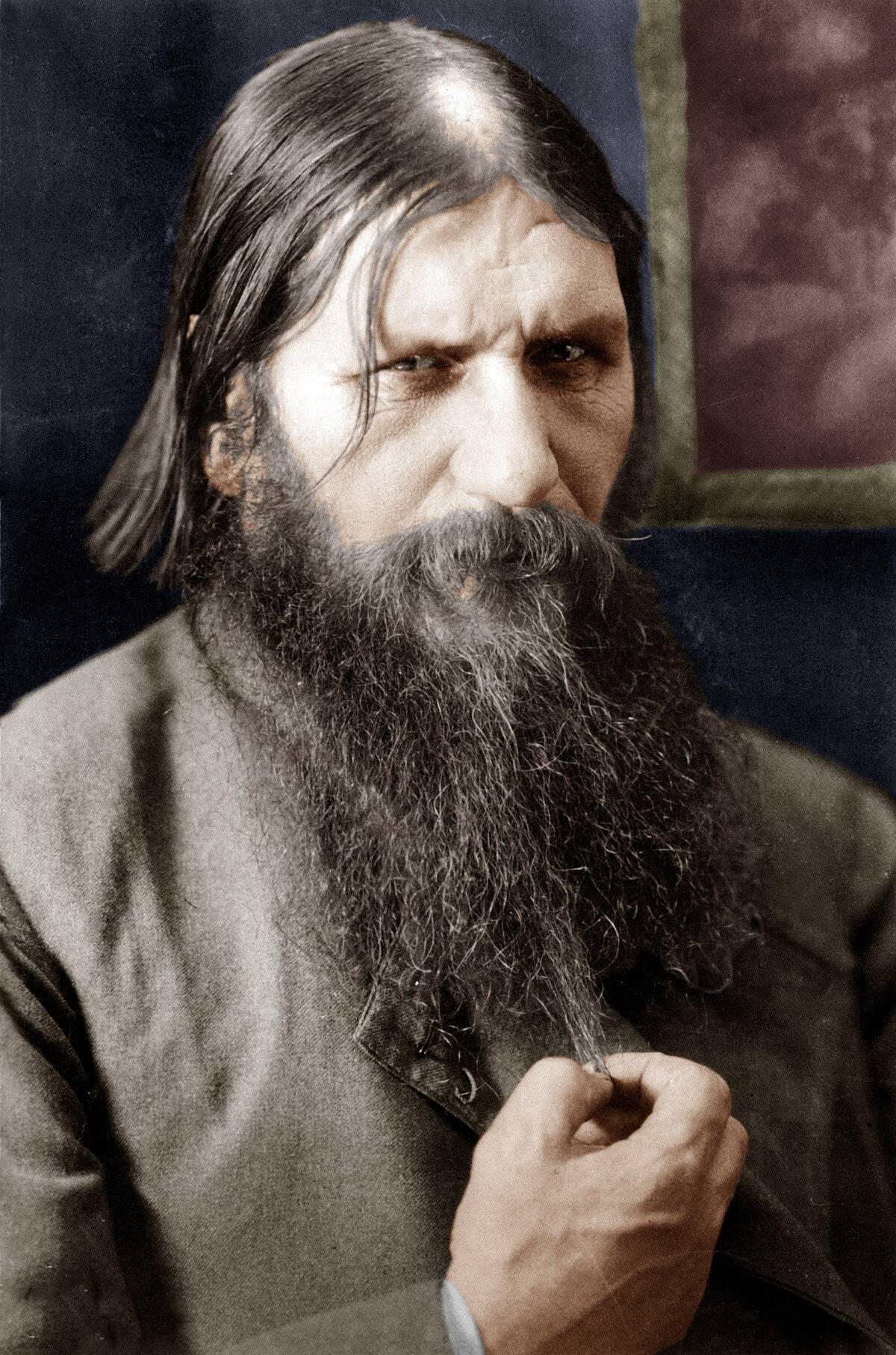
Grigori Rasputin, the Russian mystic, held significant influence over the Russian royal family. His close relationship with Czar Nicholas II and Czarina Alexandra made him a target. On December 30, 1916, Rasputin was assassinated by nobles who feared his growing power. Despite being poisoned, shot, and drowned, Rasputin’s death was as dramatic as his life. His demise signaled the unraveling of the Romanov dynasty and the impending Russian Revolution.
Czar Nicholas II: The Last Czar’s Unheeded Warnings
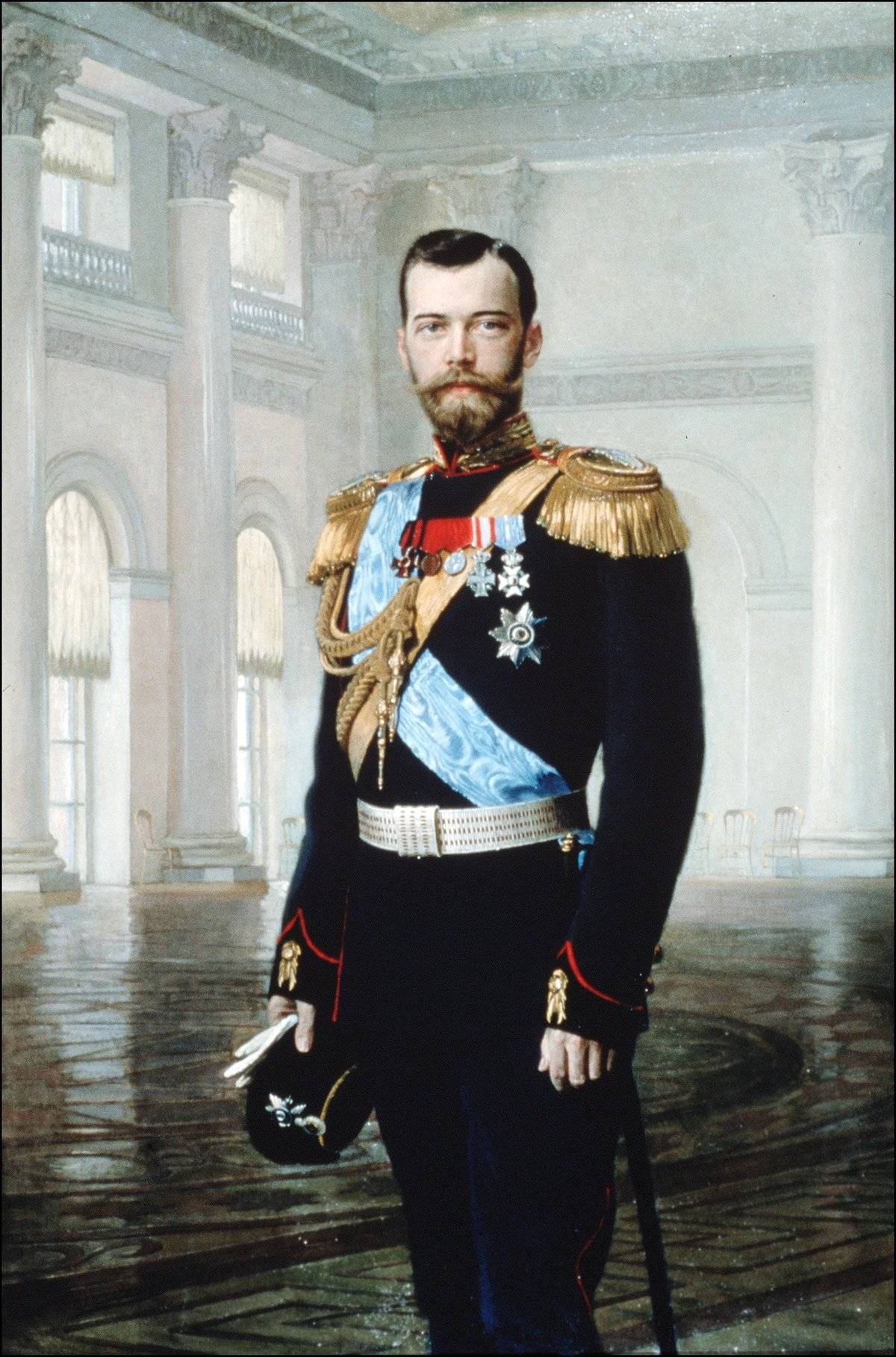
Czar Nicholas II’s reign ended in tragedy, largely due to his inability to heed the changing tides of his empire. His failure to implement reforms and manage the demands of World War I led to widespread dissatisfaction. The Russian Revolution of 1917 forced his abdication, and he was executed in 1918. Nicholas II’s downfall marked the end of the Romanov dynasty and shifted Russia’s trajectory towards communism, emphasizing the cost of ignoring critical warnings.
Anne Boleyn: Love and the Tudor Guillotine
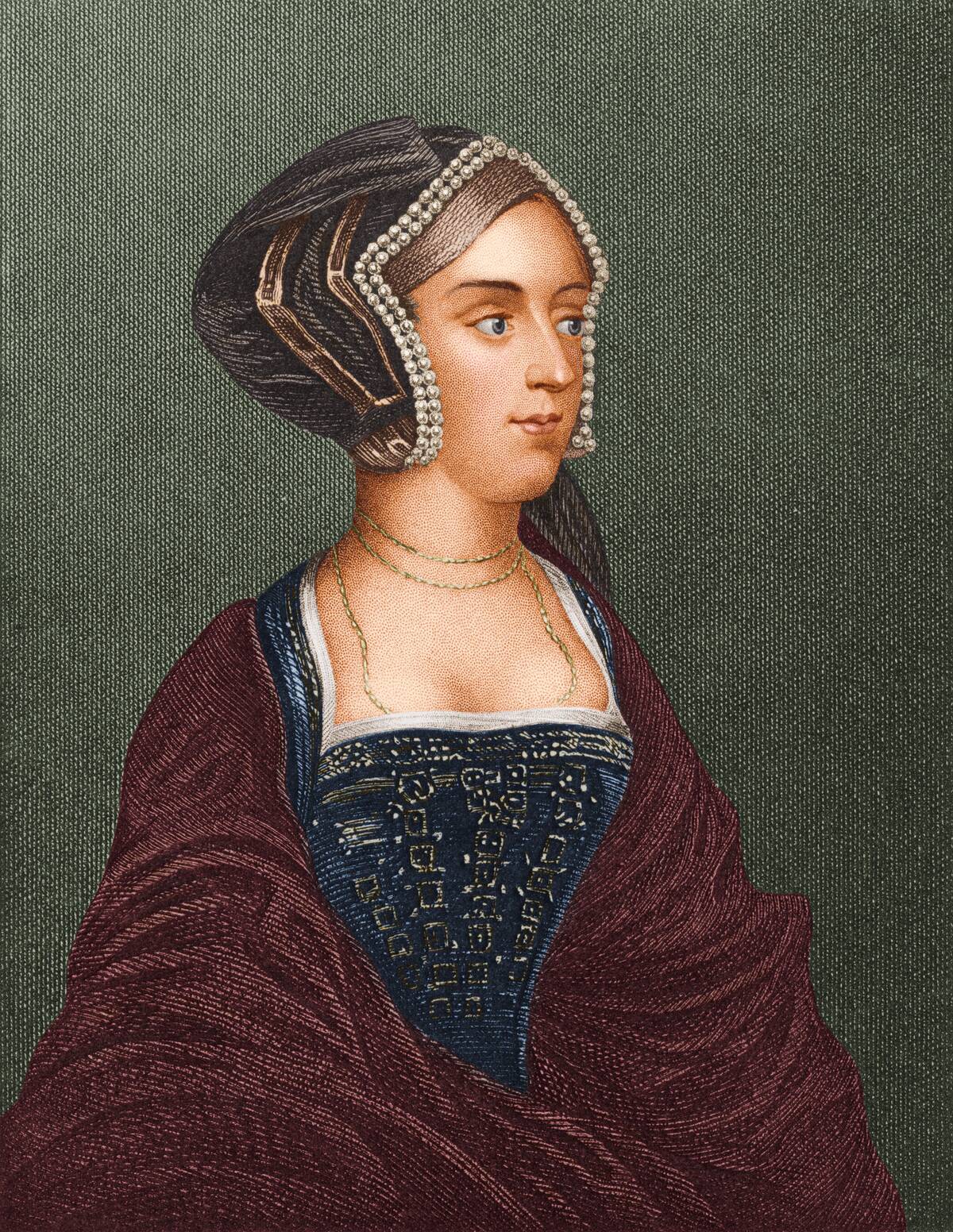
Anne Boleyn’s rise and fall in the Tudor court is a story of ambition and tragedy. As Henry VIII’s second wife, her marriage was a catalyst for England’s break from the Catholic Church. However, Anne’s inability to produce a male heir led to her downfall. Accused of adultery and treason, she was executed in 1536. Anne’s tragic end reshaped English history and her daughter, Elizabeth I, later became one of England’s greatest monarchs.
Socrates: The Philosopher’s Poisonous Cup
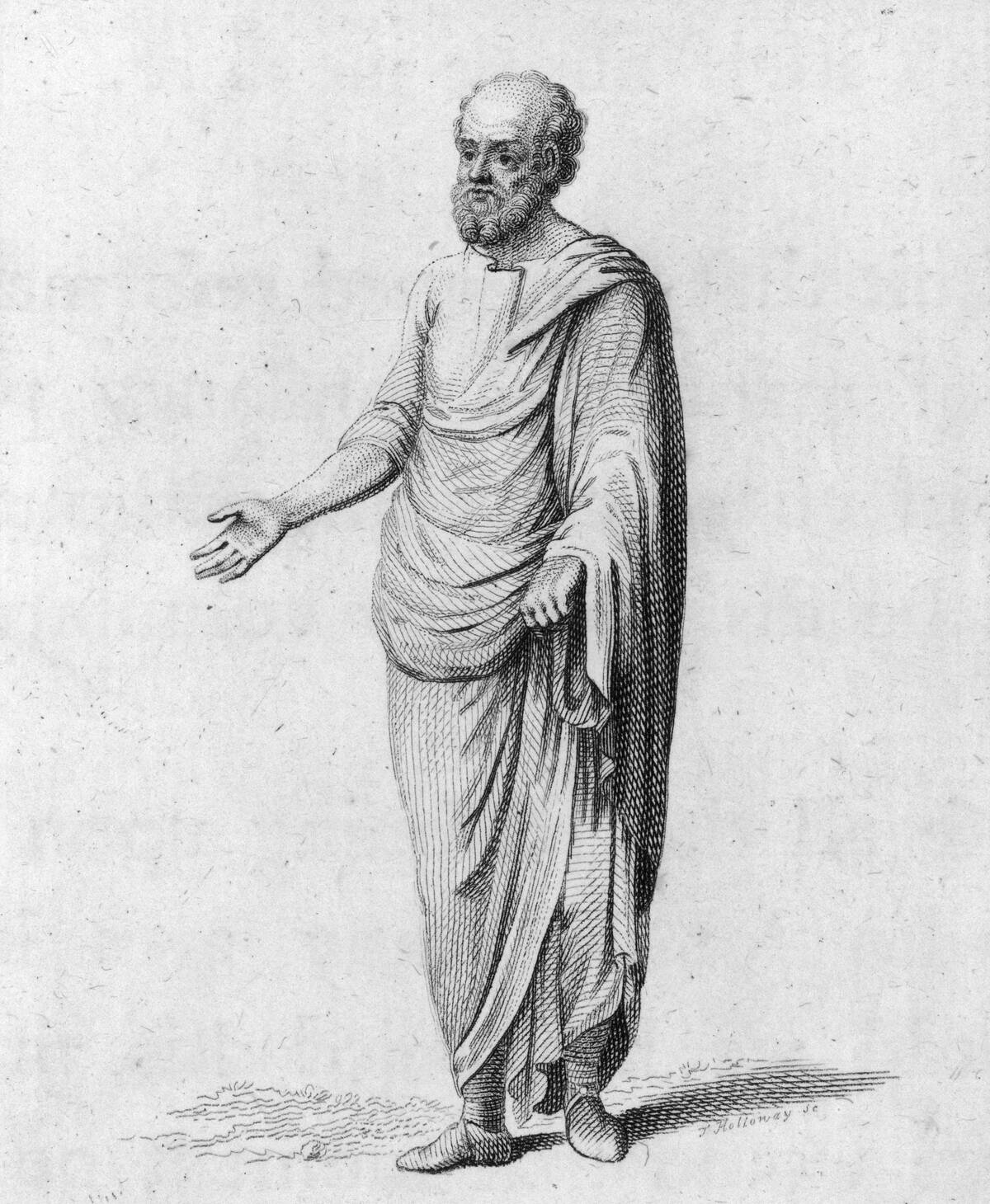
Socrates, the classical Greek philosopher, was sentenced to death in 399 BC for corrupting the youth and impiety. His method of questioning societal norms made him unpopular among Athens’ elite. Offered a chance to escape, Socrates chose to drink hemlock, staying true to his principles. His death is a profound moment in philosophy, demonstrating the tension between individual conscience and societal expectations, and it cemented his legacy as a martyr for truth and reason.
Christopher Columbus: The Navigator’s Misjudged Voyage
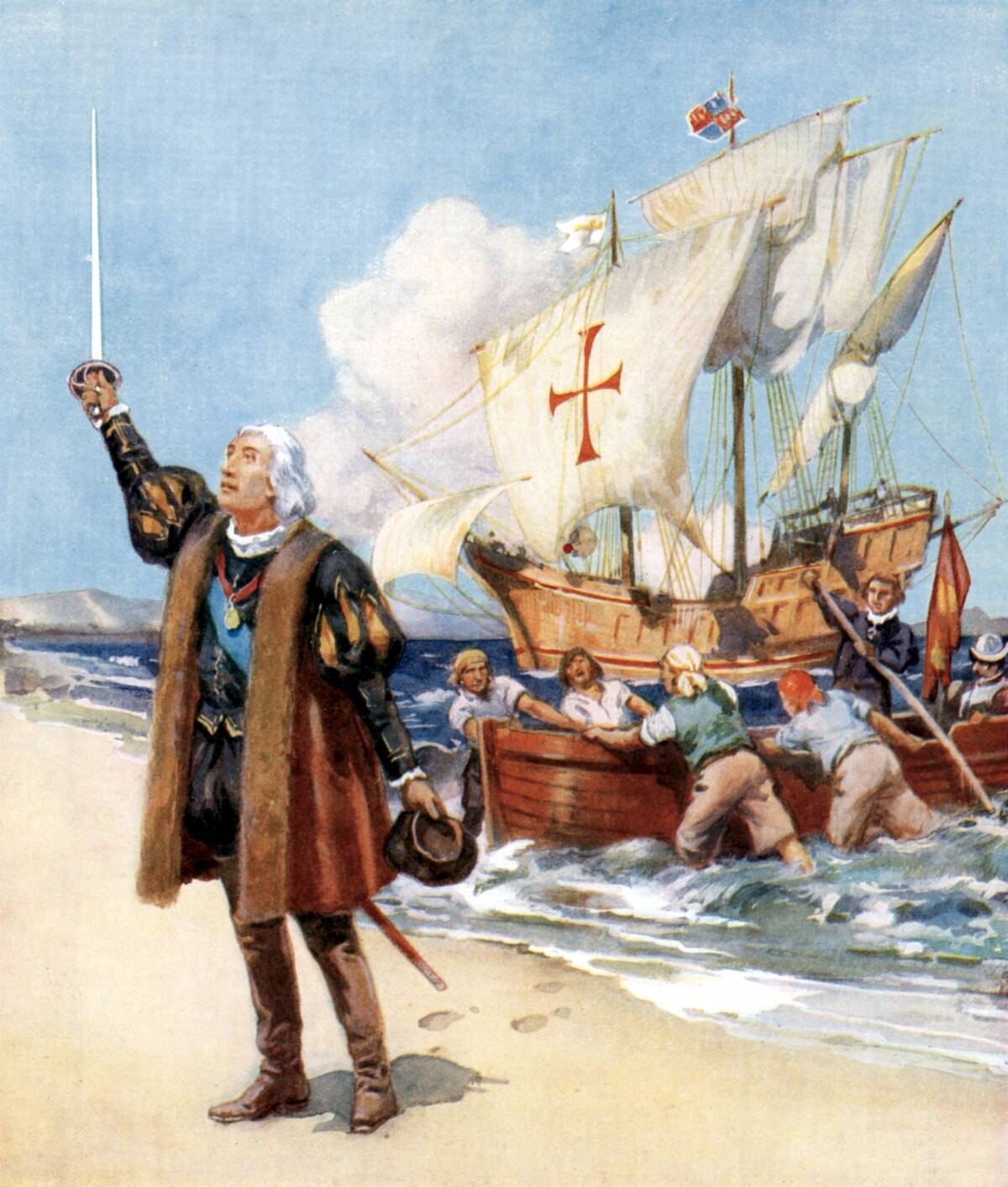
Christopher Columbus’s 1492 voyage is often credited with discovering the New World, though it was fraught with misjudgments. Believing he had reached Asia, Columbus never realized he had encountered a new continent. His voyages led to the widespread exchange between the Old and New Worlds, known as the Columbian Exchange. While celebrated for his exploration, Columbus’s impact on indigenous populations was devastating, illustrating how exploration can lead to unforeseen and lasting consequences.
Joan of Arc: The Martyr’s Trial and Execution
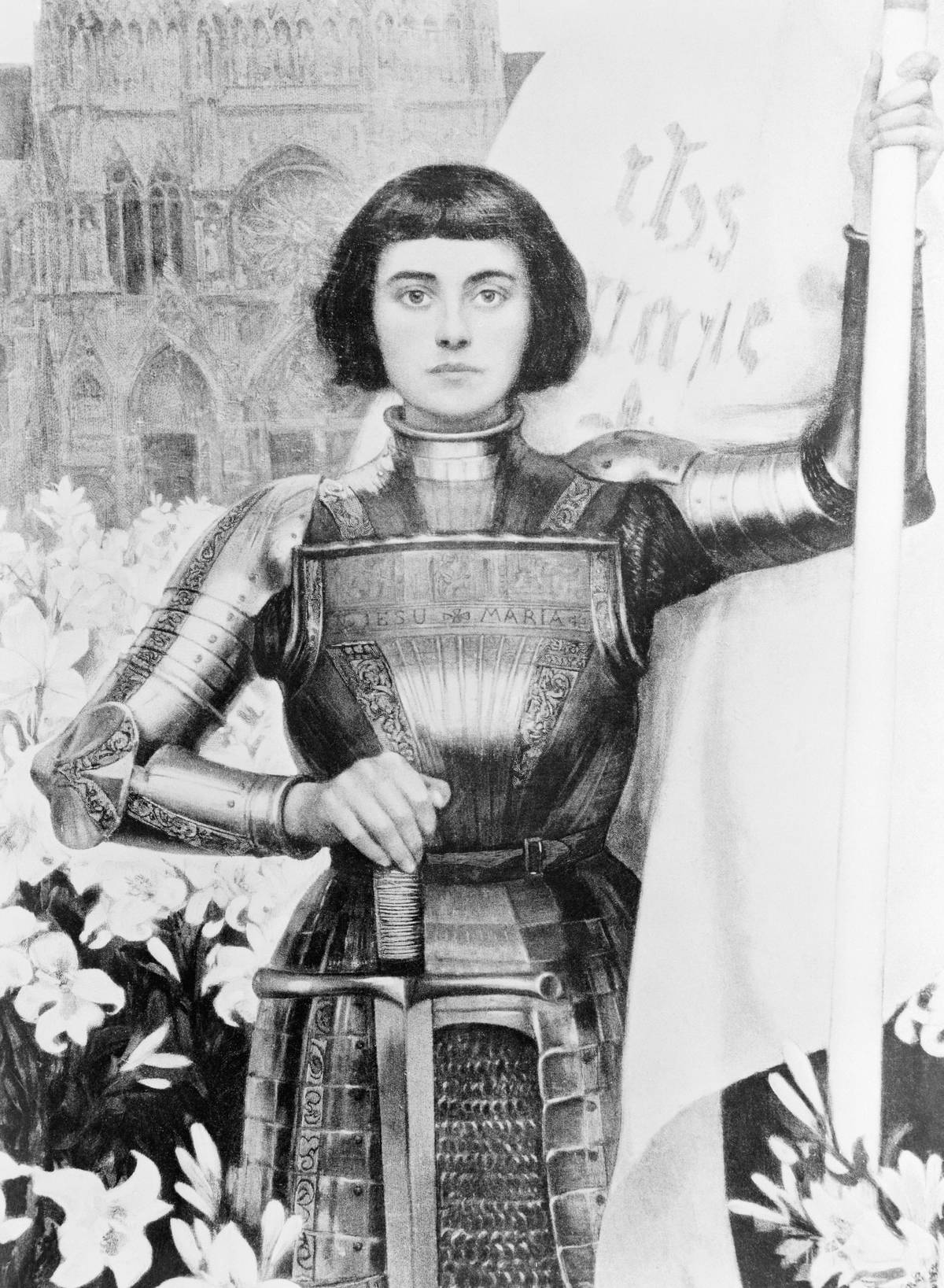
Joan of Arc, a peasant girl turned military leader, was instrumental in France’s victories during the Hundred Years’ War. Captured in 1430, she was tried for heresy and witchcraft by an English-backed court. Despite her courage, Joan was burned at the stake in 1431, becoming a martyr for France. Her trial and execution illustrate the power struggles of the time, and her legacy as a symbol of faith and nationalism endures to this day.
King Tutankhamun: The Young Pharaoh’s Mysterious Demise
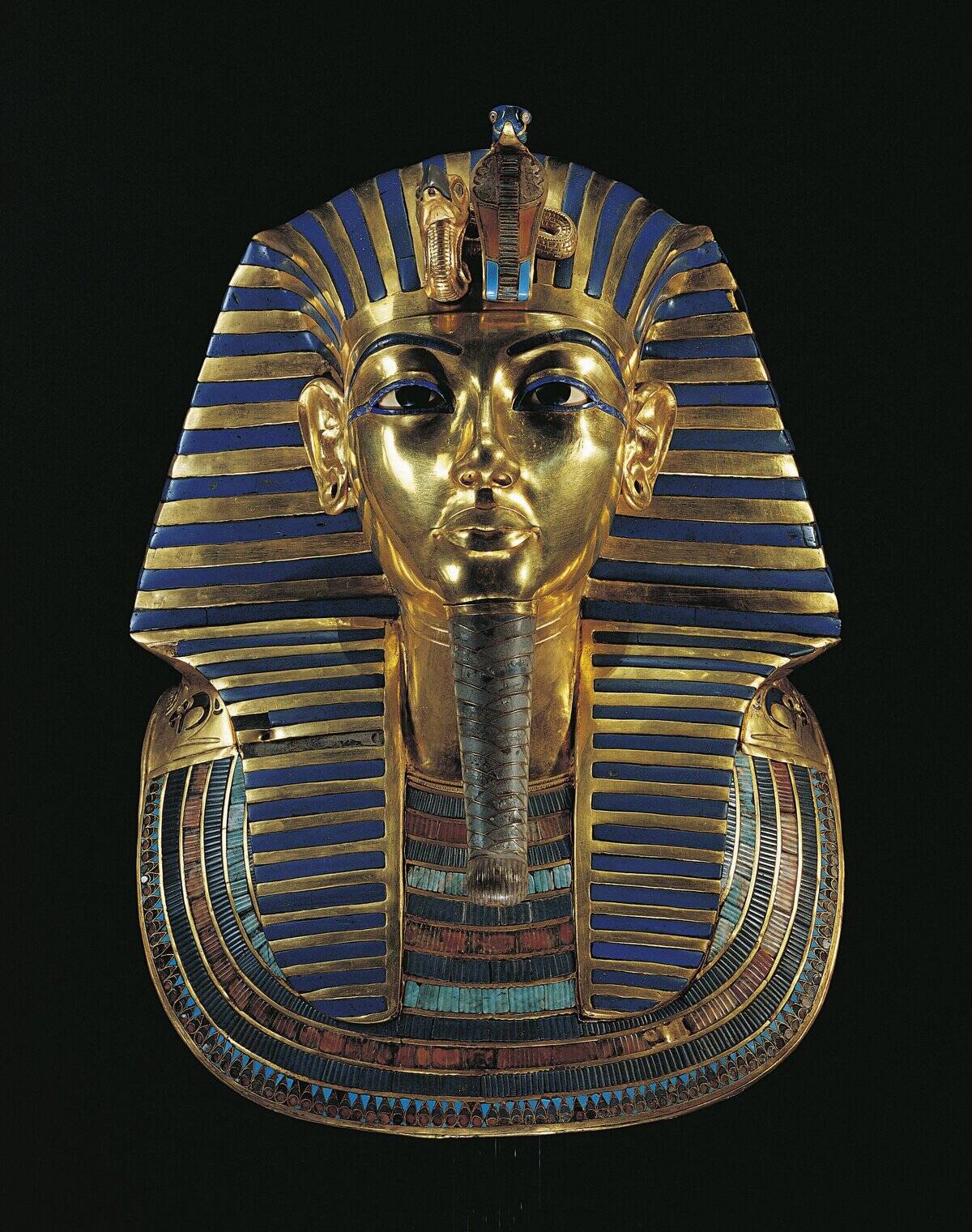
The death of King Tutankhamun, the young Egyptian pharaoh, remains shrouded in mystery. Dying at around 19, Tutankhamun’s tomb, discovered in 1922, was filled with treasures but offered few clues about his sudden demise. Theories range from genetic disorders to murder, reflecting the intrigue surrounding his short reign. His intact tomb provided unprecedented insights into ancient Egypt, making him one of the most famous pharaohs despite his brief rule.
Robespierre: The Revolutionary’s Fatal Turn
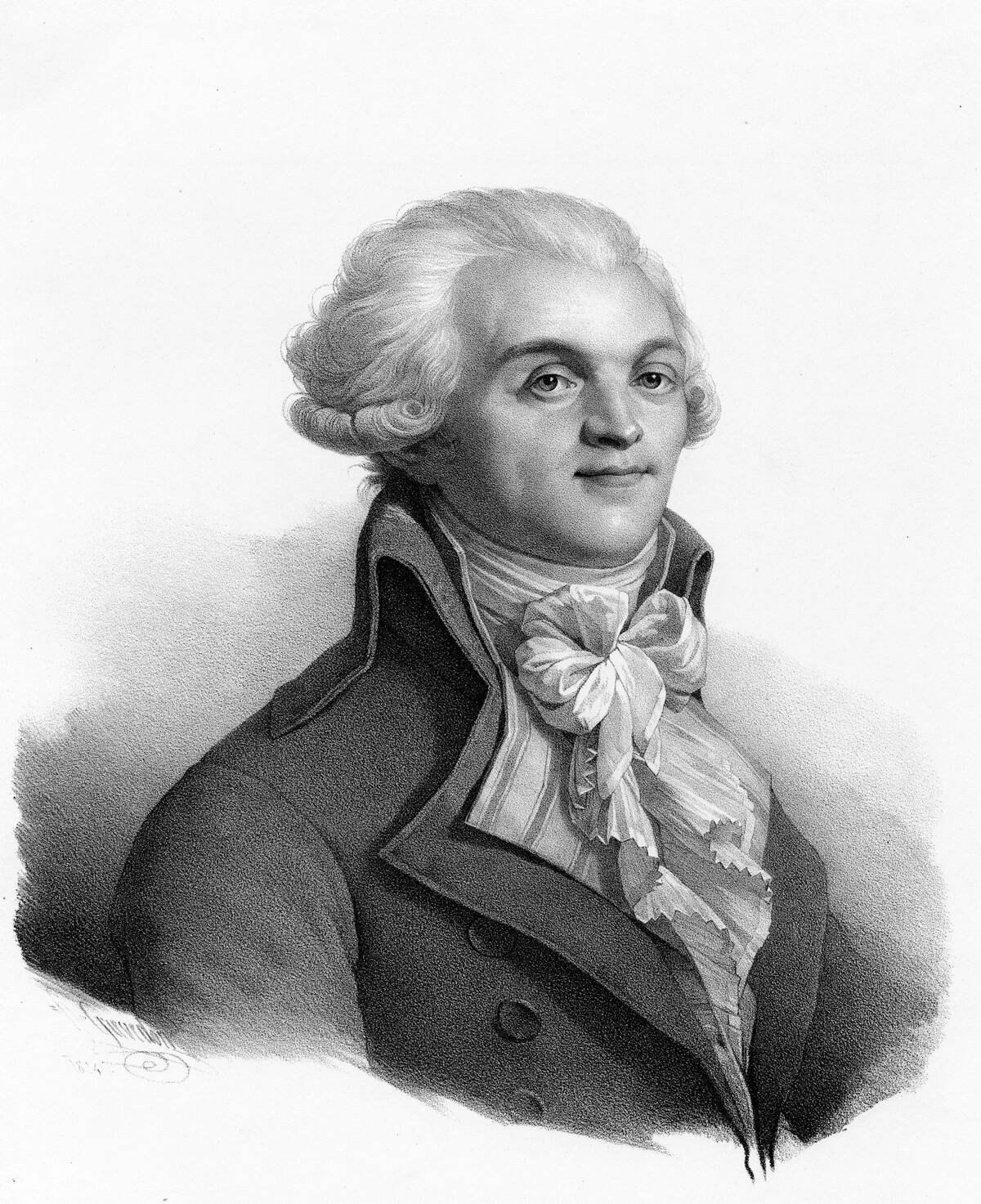
Maximilien Robespierre, a key figure in the French Revolution, became infamous for his role in the Reign of Terror. His rigid enforcement of revolutionary ideals led to thousands of executions, including his own allies. By 1794, Robespierre’s unchecked power and paranoia turned even his supporters against him. Arrested and executed without trial, his fall marked the end of the Terror and highlighted the volatile nature of revolutionary politics.
Alexander the Great: The Conqueror’s Untimely Demise
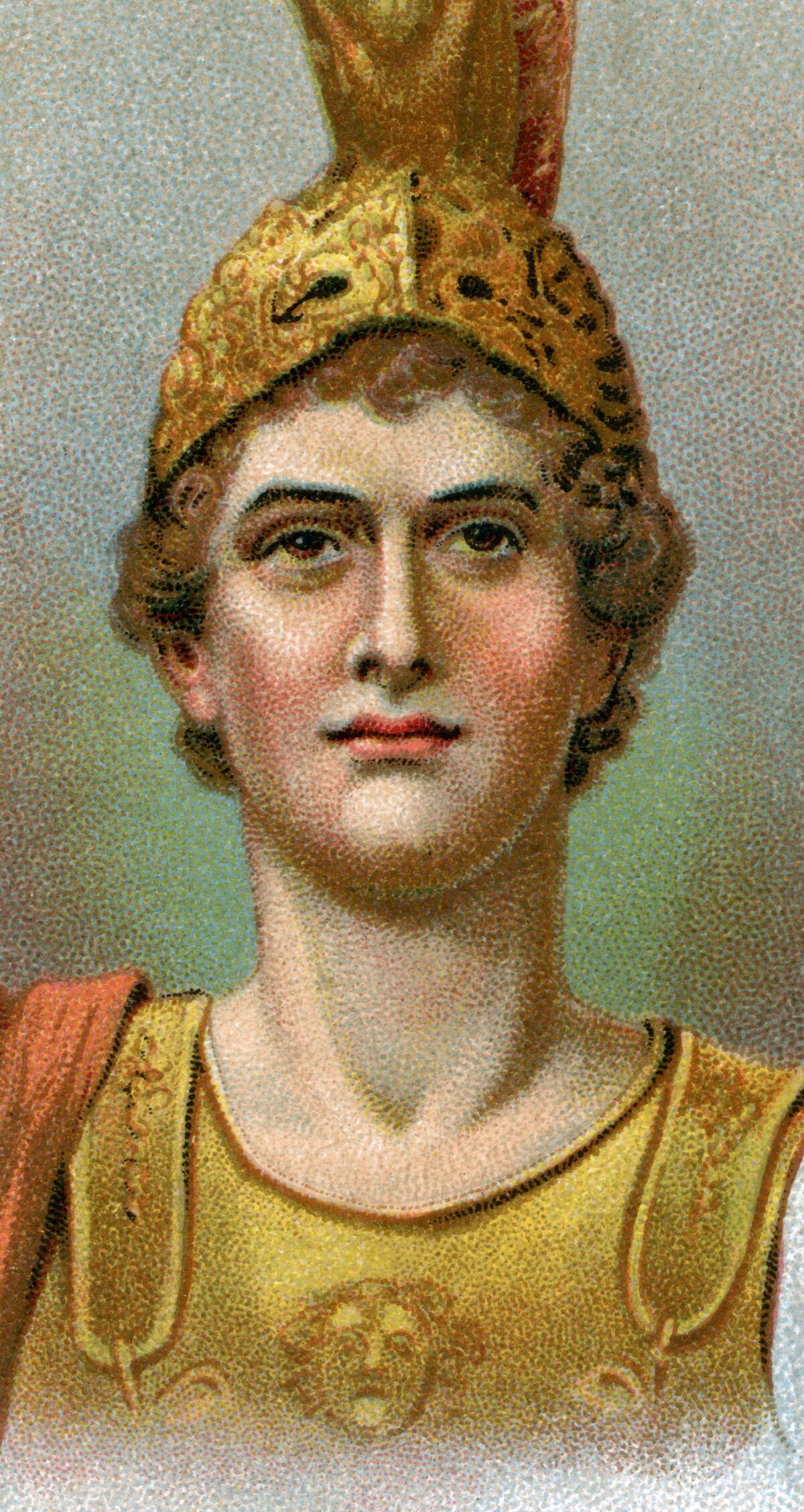
Alexander the Great, the legendary Macedonian conqueror, died unexpectedly in 323 BC at the age of 32. His death in Babylon remains a mystery, with theories ranging from poisoning to natural causes like malaria. Alexander’s empire, the largest the world had seen, quickly fragmented after his death. His untimely demise left a legacy of cultural diffusion and military strategy, reminding us of the fragile nature of power and ambition.



